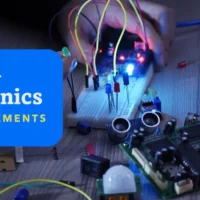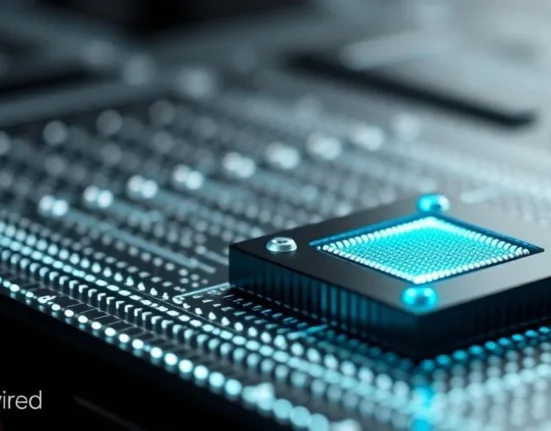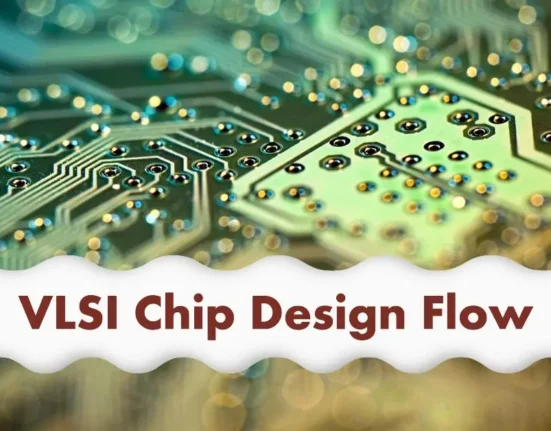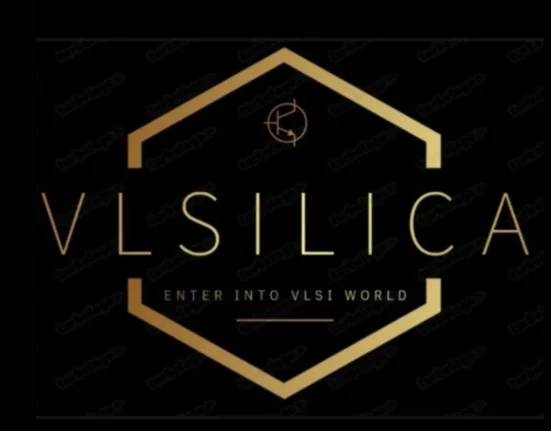Major stages in VLSI chip design flow: Front End and Back End design
- by WireUnwired Editorial Team
- 4 April 2024
- 4 minutes read
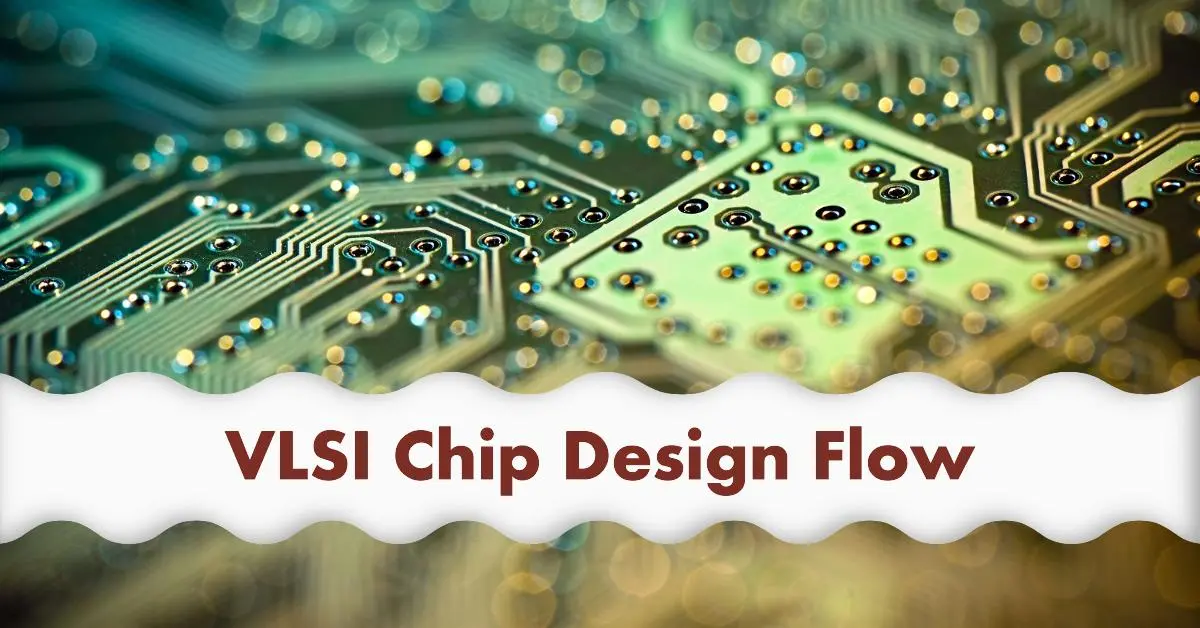
You must have heard chipmakers boasting about their state-of-the-art VLSI (Very Large-Scale Integration) designs, packing millions of transistors onto a single chip. But have you ever wondered about the intricate process behind the VLSI chip design?
Ok, let me tell you about the major stages in VLSI chip design. The VLSI chip design flow consists of two major stages. The first stage is termed as Front-end design, and the second stage is termed as back-end design. Let me give you an analogy to brief you a little more about these two stages in VLSI chip design. When you build a website what are the major requirements
- Front-end design
- Back-end design
i.e First you need to write the HTML code for the visuals of you website that is how your website will look and feel i.e the front end of your website , similarly you write the code in hardware modelling languages like Verilog and VHDL to do the setups of your chip design . Then similarly as you do all the works so that your website can get deployed seamlessly i.e the back-end design of website, in similar manner the engineers do the design work at hardware level that is choosing the transistors, connecting them and all that is termed as back end design of the chipset. Now let us see them in a detailed way.
Major Stages in VLSI chip design flow
The Front-End Design : First stage of VLSI Design Flow
The front-end design involves writing the whole design of your chipset using a high level hardware modelling languages like Verilog and VHDL. This front-end design phase is also known as RTL (register-transfer level) design. As the name suggest the design that involves register transfer level. Registers are basically the smallest storage units in digital electronics.
While going through the Front-end design an engineer has to go through several processes which are listed as :
Architectural Design:-
It is the first process that comes in the list of the front-end design. This process involves about deciding the the chip’s architecture, features, and must-have specifications. In this very step we determine the functional units and their interconnections.
Logic Design
This very step of front-end design involves translating the architectural vision that was decided in the architectural design step into logical representations. It also involves crafting logic diagrams and Boolean expressions to model the chip’s behavior
Functional Verification
When both the initial steps i,e architectural design and logic design is done , it becomes very essential to ensure that the design meets all the specified functional requirements. This process involves Rigorous testing and verification of the RTL model before moving forward
The front end design is the backbone of the entire process, defining the chip’s logical behavior and functionality. It’s where the magic begins, laying the groundwork for the back end design team to take over.
The Back-End Design: Bringing the Design to reality.
Back-end design is all about realizing the virtual circuit made using hardware modelling language Verilog and VHDL This very back-end design is also known as physical design as this phase focuses on optimizing the chip’s layout and preparing it for fabrication.
Circuit Design
The very first process of Back-End design involves mapping the logic components onto actual electronic circuits . This involves selecting the right transistors, logic gates, and circuit elements. After choosing the right set of transistors and logic gates we move into Layout design process.
Layout Design
This very step in the Back-End design involves arranging the circuit components on the physical silicon real estate. It is very crucial that efficient use of space is done without sacrificing speed and performance.
Physical Verification
As there was functional verification in the front-end deign similarly we have physical verification in back-end design. this very step involves Verifying the physical design whether it meets timing, power, and other constraints or not. and Identifying and resolving potential issues before fabrication
Mask Generation
After successfully testing we move on to our next step that is Creating the photomasks that will be used for chip fabrication
Fabrication and Testing
This step is the last step of our back-end chip design flow. This involves Manufacturing the chip in a specialized fab facility and then Thoroughly testing it to ensure proper functionality before packaging. To know more how a semiconductor is fabricated click here .
It’s a meticulous process, but one that’s vital to ensure the chip performs as intended and meets the stringent requirements of modern electronic systems.
Collaboration is Key
While the front end and back end design phases have distinct roles, they’re inextricably linked. Effective collaboration between the front end and back end teams is crucial for success of fabrication of a chip. The front end designers must keep the physical implementation in mind, while the back end team needs to ensure the design adheres to the functional specifications.
It’s a delicate dance, but one that chipmakers have mastered, constantly pushing the boundaries of what’s possible in the world of VLSI design.
Conclusion
From the initial architectural vision to the final packaged chip, the VLSI design flow requires precision and engineering miracles. The front end and back end stages work in synchronism, each playing a vital role in transforming abstract ideas into the cutting-edge chips that power our modern digital world.
So, the next time you marvel at the capabilities of your sleek smartphone or lightning-fast computer, remember the incredible journey its chip has undergone, from conception to fabrication. The world of VLSI design is a true masterclass in engineering excellence!
Discover more from WireUnwired Research
Subscribe to get the latest posts sent to your email.





